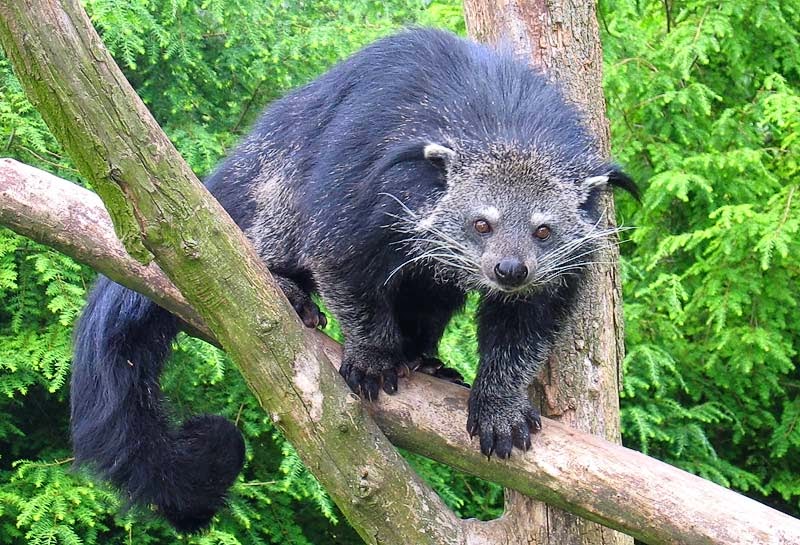Biography of Gopher
They are commonly known for their extensive
tunneling activities. Gophers are endemic to North and Central America.
The name "pocket gopher" on its own may be used to refer to any of a
number of genera within the family. These are the "true" gophers;
however there are several ground squirrels of the family Sciuridae that are often mistakenly called gophers as well.
Description of Gopher
Gophers weigh around 230 g and are about 6 to 8 inches long in body length, with a tail 1 to 2 inches long. A few species reach weights approaching 1 kg. Within any species, the males are larger than the females and can be nearly double their weight. Their lifespan is normally one to three years assuming no diseases or predation. The maximum life span for the pocket gopher is approximately five years. Some of them, such as those in the genus geomys, have lifespans that have been documented as up to seven years in the wild.
- Behavior of Gopher
All pocket gophers create a network of tunnel systems that provide protection and a means of collecting food. They are larder hoarders, and their cheek pouches are used for transporting food back to their burrows. They can collect large hoards. Unlike its close relative the ground squirrel, gopher do not live in large communities or show themselves above ground. The entrances can be identified by small piles of loose dirt covering the opening.
For more detail Wikipedia




















































